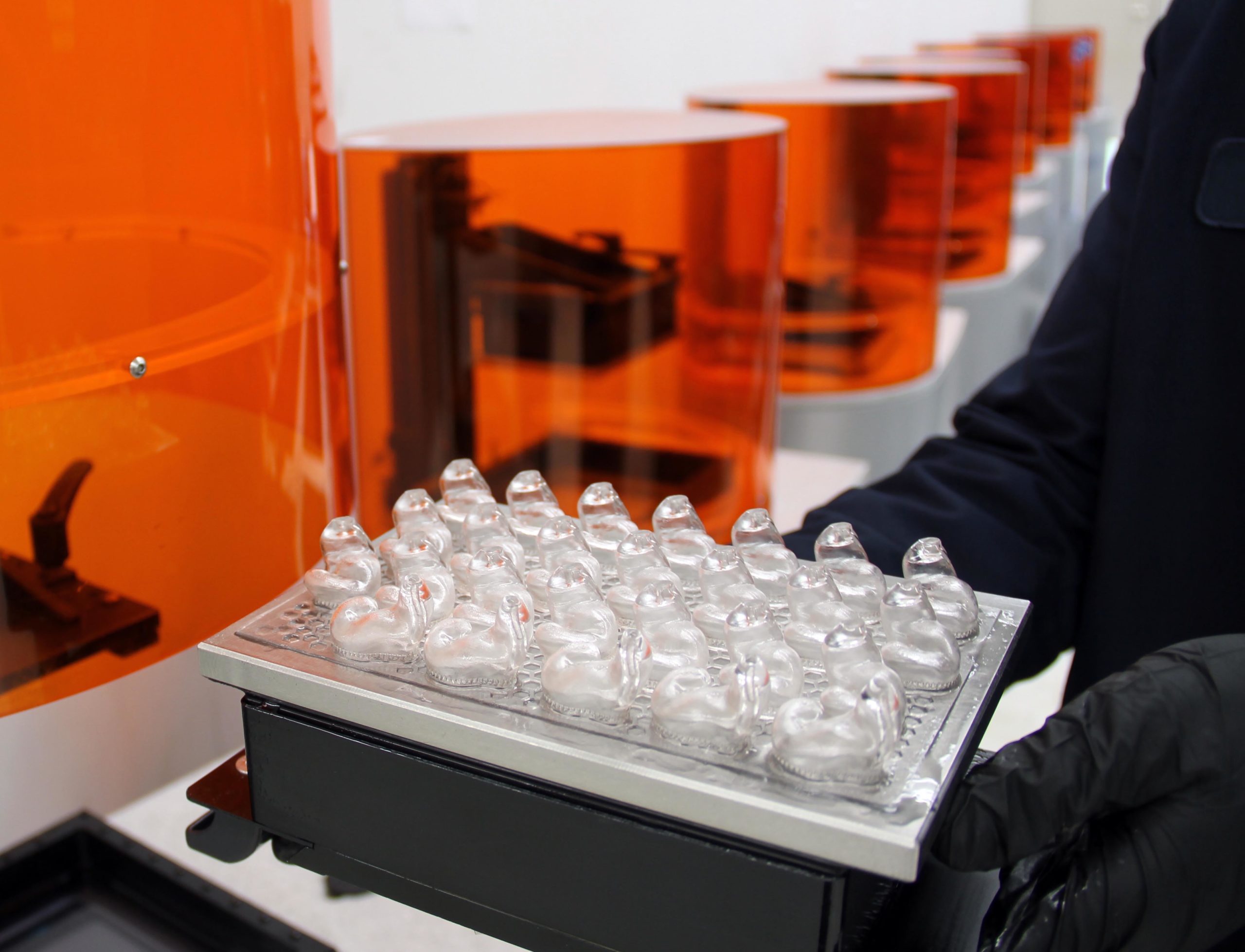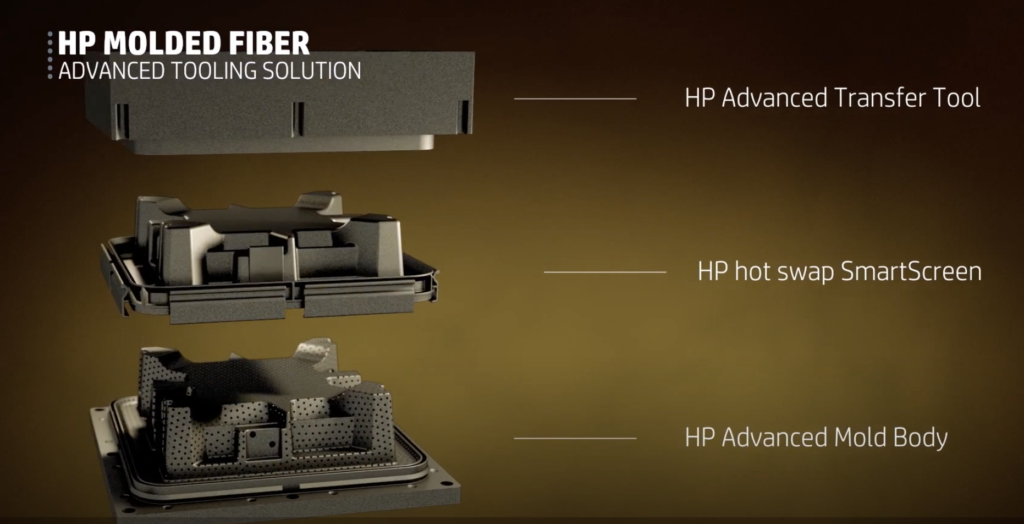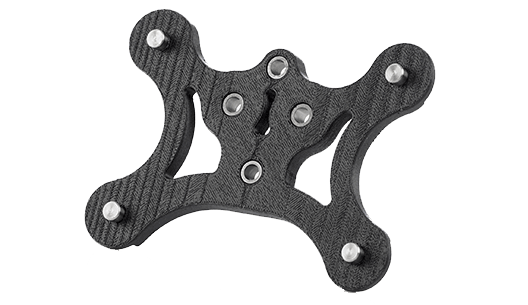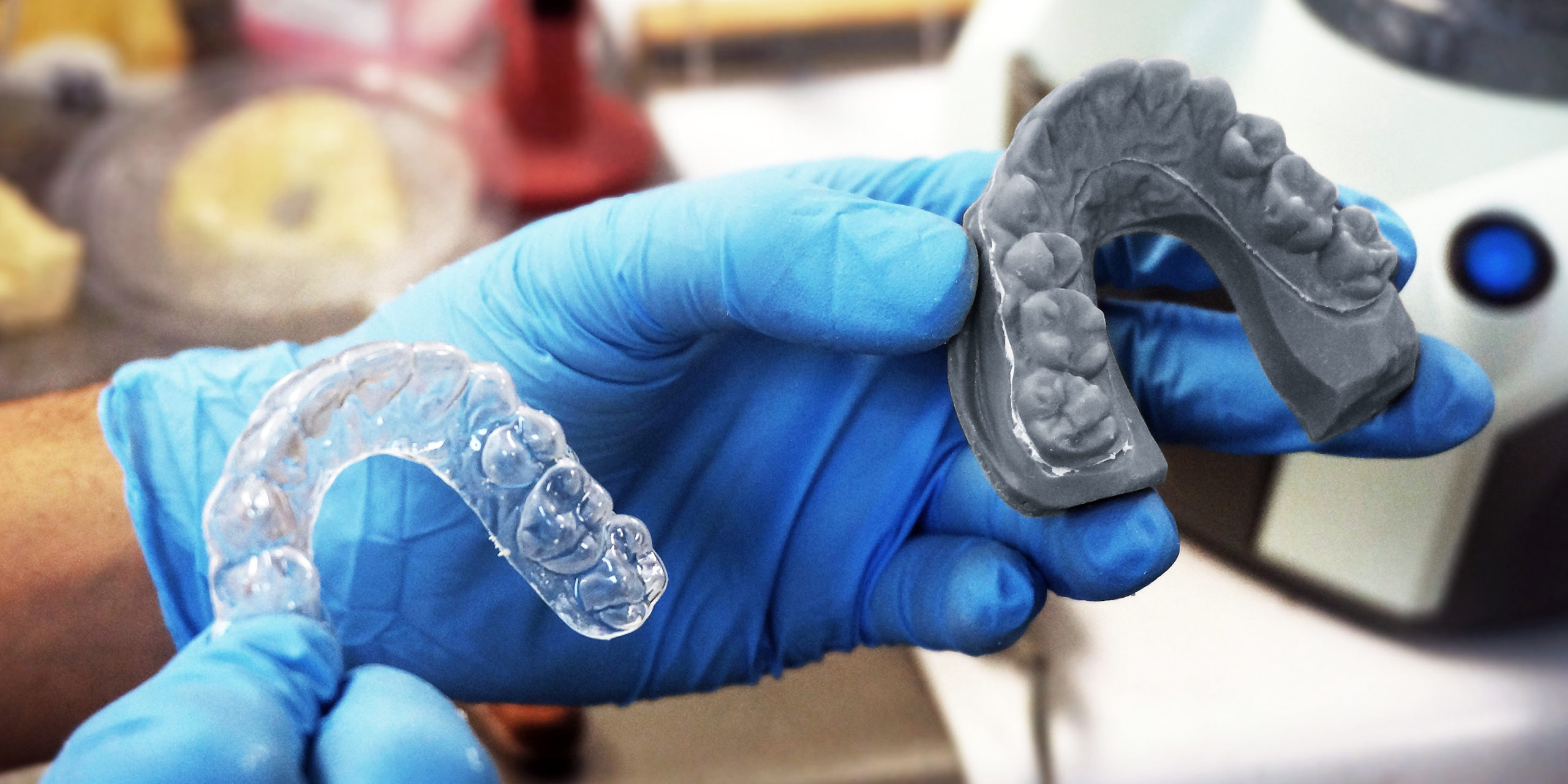When people are developing new 3D printing applications, they often look for an advantage that additive has over conventional parts. We’re almost always more expensive than conventional manufacturing, and we’re definitely more of a hassle. To make it worth it, entire processes, products, or ways of making have to be created specifically to usher in our technology. In many cases, the advantages of additive are so compelling that all institutional resistance is swept away. Often, however, this is not so clear.
In many cases, it is difficult to convince people to leap into 3D printing in muddled or incomplete business cases. As a result, firms struggle to implement 3D printing, and when we look into that, we can discern some major factors delaying or blocking implementations. One such factor is that the company is going down a path that it should not have been taking. It’s beating a dead horse or raising a white elephant. Either, everyone knows something should be killed but no one wants to tell the boss, or everyone is in group think mode and no one realizes that the elephant can’t possibly fulfill the collective dreams placed upon its lofty shoulders. We can, of course, mitigate failures or correct them mid-stream, but we can also avoid making mistakes altogether.
One of the ways through which we can do this is by being more careful in selecting which parts, applications, or industrializations to undertake in the first place. If we look at successful 3D printing implementations, we can discern roughly five categories that have been very successful: small unique parts, disruptive parts, drop-in process, sidestep parts, and stacking.
Small Unique Parts

E-shell material hearing aid shells created on a Perfactory print platform. Image courtesy of EnvisionTEC.
The most successful example of this category is hearing aids. In ITE (in-the-ear) hearing aids, 3D printing benefited hearing aid manufacturers by being cheaper at making unique form-fitting hearing aids. The process for hearing aid stores was easy to manage and involved scanning a wax impression. For the user, the more comfortable hearing aid improved their quality of life and overall experience with the product. Furthermore, it let the company differentiate itself, produce on-demand, have a digital supply chain where the scan went to them and then the hearing aid went back to the store. The software allowed for much automation while having a human in the loop avoided mistakes and meant that electronics were optimally placed vis a vis in the shell.
The part cost of the shell was very low. Manufacturing could be done by one person deskside. Although there’s still quite a bit of manual labor, it is efficient enough to work well for that application. Material strength is not phenomenal, but that’s fine for this application, where a smooth fit and finish were paramount. In the ITE hearing aid industry, an early lead for some led to broader adoption, and in a short time, other manufacturing methods were wiped out, and 3D printing dominated this industry. In short, we can conclude that for small mass customized devices that fit the body, there is a great business case for 3D printing if the materials can perform and the cost picture works out.
Disruptive Parts
The best example here is Invisalign, where a new way of looking at teeth correction was only possible through 3D printing. Around 240,000 Invisalign molds are 3D printed each day and then thermoformed to make silicone inserts. This has been going on for years without the adoption of direct silicone 3D printing or trying to get a 3D printed resin into people’s mouths. These two factors, to me, may have imperiled and delayed anyone else’s implementation. Nevertheless, Invisalign blew past the existing braces industry and is now a $2.4 billion revenue firm with a host of fast following companies copying it. Invisalign was successful because unique geometry can be created that is safe and comfortable to wear. By looking at user experience and comfort, a new way of tooth correction became a hugely disruptive business.
Drop-In Parts

The best example of this is HP‘s fiber mold tooling solution. In that case, a polymer MJF mold tool can be produced quickly for fiber packaging companies. This tool outperforms its conventional counterparts because the flow through it is better. It may also lead to less downtime by being quicker to design and making the tool can also be cheaper and faster to implement by customers. By giving customers greater flexibility, the tool can also cause them to respond quicker to a tool failure or onboard a customer faster, or be more competitive because lead times are shorter. This host of business advantages is compounded by the fact that the tool is priced well and easy to implement. Ordering is simple, and the tool can just be dropped in instead of the conventional one. No 3D design, no DFAM, no buying of 3D printers, just a cost-effective service to make money easier for the customer. This approach dramatically reduces the cost and time to adopt Additive in industry and, in my mind, should be the norm.
Sidestep Parts

A carbon fiber polyamide jig made by Stratasys. Image courtesy of Stratasys.
Here the best example is jigs and fixtures. Getting additive into automotive is a nightmare. Negotiations take years; they’re aggressive on price, need a lot of volume, and have exacting standards. There are a lot of processes to do and boxes to tick to supply them. And then you often join some kind of lost herd of suppliers battling it out to work together to make everything work. Safety standards are high; they’re used to much higher up times and much more reliable machines as well. Approaching automotive directly is, therefore, a nightmare that you get to walk in for seven years.
Meanwhile, Hans says to Dieter; I can make one of those on my Ultimaker. He designs and prints it and brings the fixture to the office. The team uses it, loves it, saves them time, saves them money, the boss loves it, and she buys one. So the virus spreads through the company. See how easy that is; it’s almost a path of least resistance.
In the next post, we’ll talk about Stacking.
Subscribe to Our Email Newsletter
Stay up-to-date on all the latest news from the 3D printing industry and receive information and offers from third party vendors.
You May Also Like
UpNano Launches 2PP 3D Printing Service with New NanoPro VT Printer
UpNano, an Austrian company specializing in two-photon polymerization (2PP) additive manufacturing (AM), has launched a service bureau that will offer high-volume output of microscale parts. The new service, NanoPro, will...
Materialise Updates Magics and Partners with BLT at Formnext 2024
At this year’s Formnext, 3D printing software and services pioneer Materialise, unveiled a series of software updates designed to enhance customization capabilities in 3D printing for its users. The announcement...
HP’s New Materials, Tools, and Collaborations to Drive 3D Printing Forward at Formnext 2024
At Formnext 2024, HP unveiled several key developments aimed at advancing additive manufacturing (AM), with new materials, workflow optimization tools, and expanded metal printing capabilities. These announcements reinforce HP’s strategy...
Farsoon at Formnext: What’s New in 3D Printing for 2024
With Formnext 2024 underway in Frankfurt, Farsoon Technologies (SHA: 688433) is showcasing a series of developments unveiled in the lead-up to the event. From advancing food-safe 3D printing for the...





































